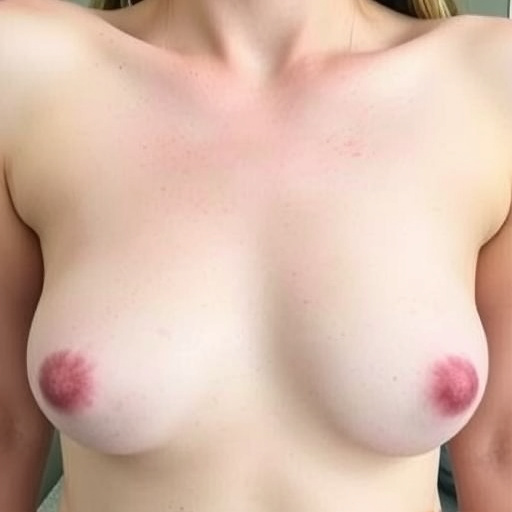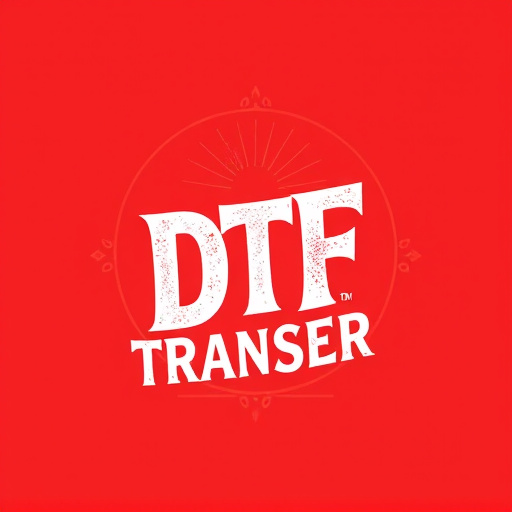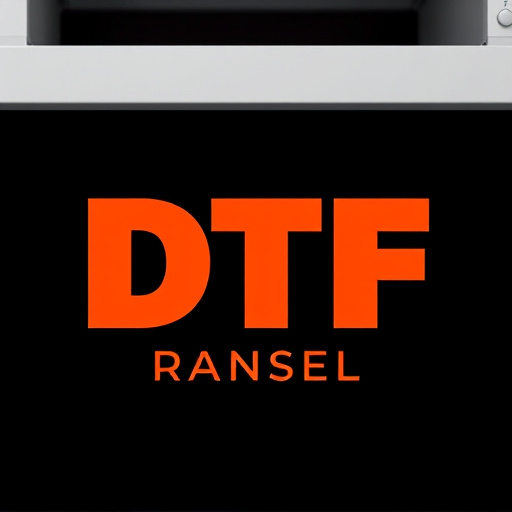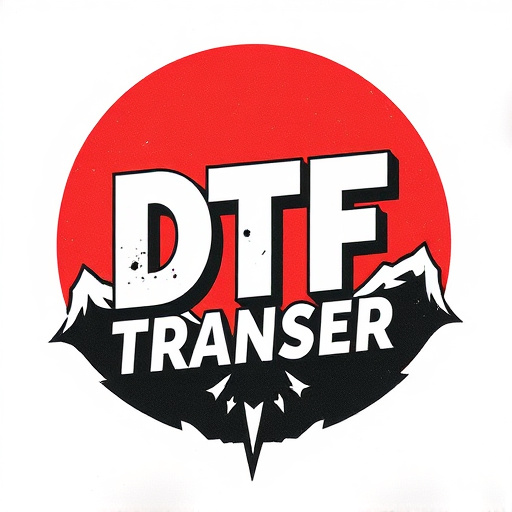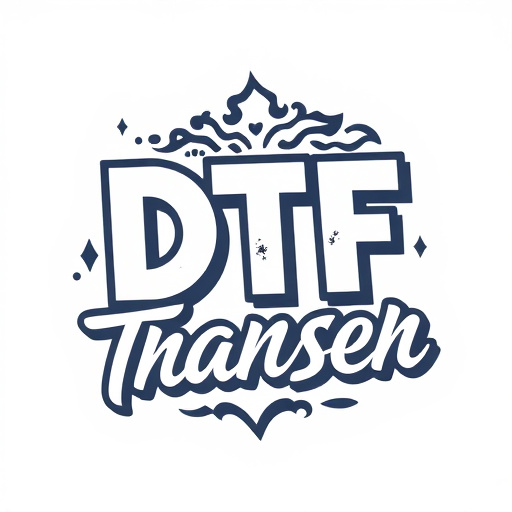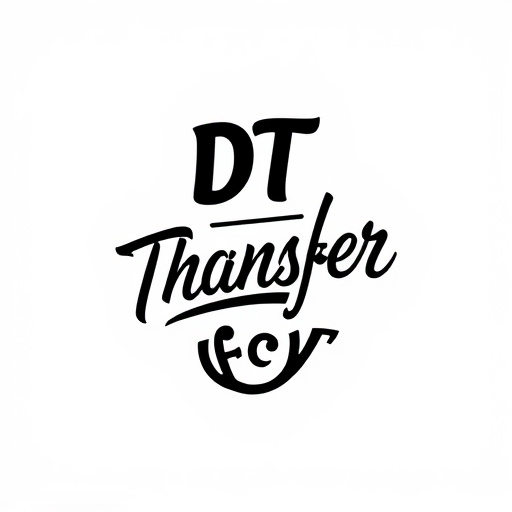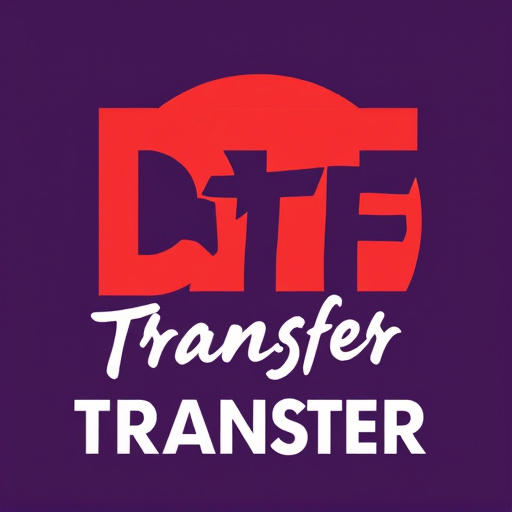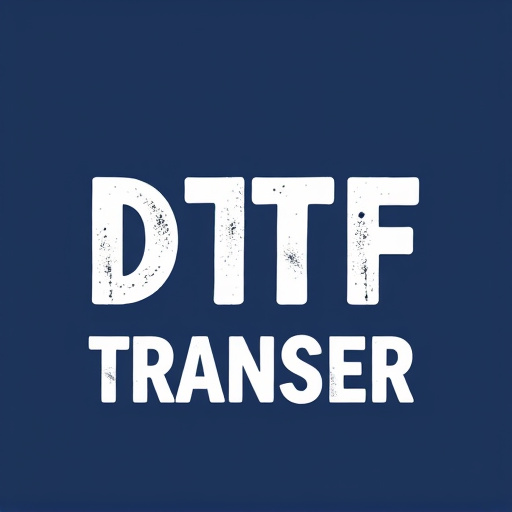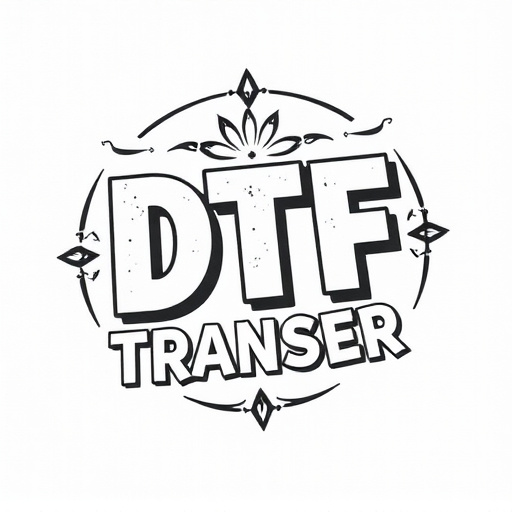Direct to Fabric (DTF) technology has revolutionized stretching fabric printing, offering high-quality prints on materials like spandex and Lycra. Ideal for activewear, sports gear, and costumes, DTF bonding inks directly with fabrics, ensuring designs stretch and move naturally while remaining durable. Benefits include faster production times, intricate design possibilities, and compatibility with various fabrics. Industrial-grade printers are suitable for larger runs, while correct ink and fabric choices ensure print quality and product longevity. Future advancements aim to expand DTF's versatility beyond textiles, potentially impacting sportswear, medical gear, and even astronautical clothing.
Discover the future of print with flexible film transfers—a game-changer in the textile industry. This article explores DTF transfer technology, its revolutionary impact on printable fabrics, and how it adapts to stretchy materials through advanced science. Learn about the numerous advantages, diverse applications in garment design, and essential considerations for choosing DTF printers and consumables. Uncover future trends as DTF printing continues to evolve and transform our world of textiles.
- Understanding DTF Transfer Technology: A Revolution in Printable Fabrics
- How DTF Prints Adapt to Stretchy Materials: The Science Behind It
- Advantages of Using DTF Transfers for Flexible Designs
- Applications: Where DTF Printing Excels in the Garment Industry
- Choosing the Right DTF Printer and Consumables for Your Needs
- Future Prospects: The Evolving World of DTF Transfer Printing
Understanding DTF Transfer Technology: A Revolution in Printable Fabrics
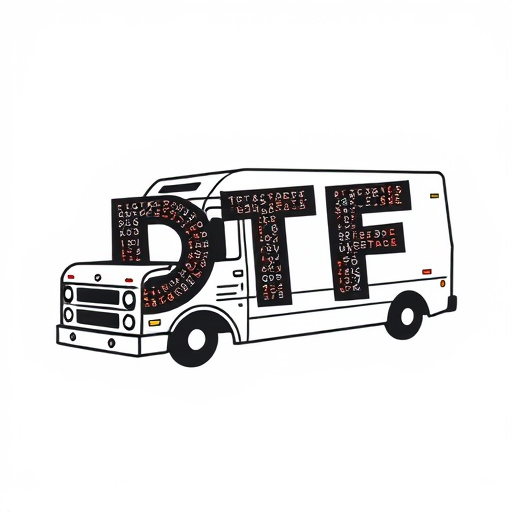
The DTF (Direct to Fabric) transfer technology has revolutionized the world of printable fabrics, offering an innovative and versatile approach to fabric printing. Unlike traditional methods that can be limited in their applicability to specific materials, DTF transfers provide a game-changing solution for a wide range of stretchy fabrics. This cutting-edge process allows for high-quality prints on materials like spandex, Lycra, and other elastic textiles, opening up new possibilities for designers and manufacturers.
DTF Printing is a direct printing technique where ink is transferred onto the fabric’s surface, creating vibrant and durable DTF Prints. The technology utilizes a special adhesive layer that allows the printed image to bond directly with the fabric, ensuring the design moves and stretches along with the material. This makes it ideal for applications in activewear, sports gear, and even performance art costumes, where fabrics need to maintain their stretch and flexibility while showcasing intricate and colorful designs.
How DTF Prints Adapt to Stretchy Materials: The Science Behind It
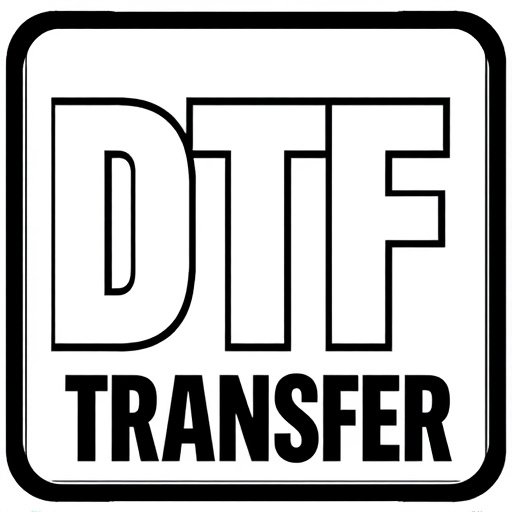
Flexible film transfers, like Direct to Film (DTF) prints, have revolutionized the way we adapt graphics to stretchy fabrics. The science behind DTF Transfers lies in its ability to bond directly with various materials, including those that stretch and move. This technology uses a precision printing process where ink is deposited onto a flexible substrate, creating a durable and vibrant print that can withstand the dynamic nature of activewear, sports equipment, and other similar products.
The adaptability of DTF Prints stems from the unique properties of the inks used, which are designed to stretch and contract without cracking or peeling. This is achieved through specialized formulations that allow the ink to merge seamlessly with the fabric’s fibers, forming a robust bond. As a result, the printed design moves with the fabric, ensuring longevity and maintaining the aesthetic appeal even under extreme conditions.
Advantages of Using DTF Transfers for Flexible Designs

Using DTF (Direct to Film) transfers for flexible designs offers several significant advantages over traditional printing methods. One of the key benefits is the material’s ability to stretch without compromising the quality of the print. This makes DTF ideal for textiles and other dynamic surfaces, ensuring that prints remain crisp and vibrant even under stress or movement. The film itself acts as a protective layer, providing durability against fading and wear, a common issue with direct printing on flexible materials.
Moreover, DTF Printing allows for intricate designs and fine details to be replicated accurately on stretchy fabrics. This precision is crucial for complex patterns or logos that demand high-resolution output. Additionally, the process is versatile, accommodating various fabric types and colors, enabling designers and manufacturers to create innovative, customizable products. DTF Transfers also offer faster production times compared to traditional methods, making them a cost-effective and efficient choice for projects requiring dynamic, flexible prints.
Applications: Where DTF Printing Excels in the Garment Industry
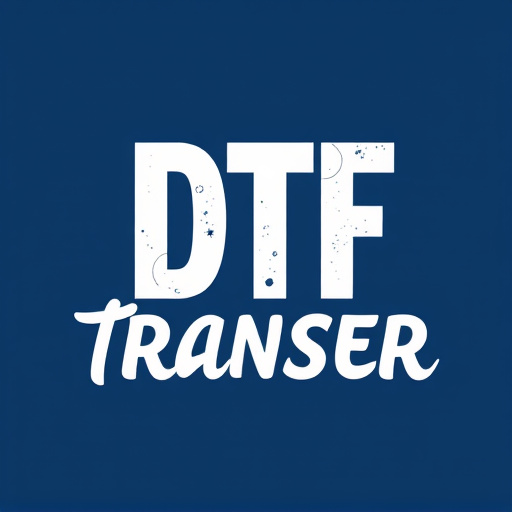
In the garment industry, Direct to Fabric (DTF) printing and transfers have found a niche where traditional methods struggle. This innovative technique excels in creating intricate and vibrant DTF prints on a variety of stretchy fabrics, from athletic wear to activewear. The ability of DTF transfers to move with the fabric, without peeling or cracking, ensures that designs maintain their integrity and quality even during intense physical activities.
This technology is particularly valuable for custom apparel, allowing designers and brands to offer unique, personalized pieces. With DTF Transfer, complex patterns and detailed graphics can be effortlessly applied to curved surfaces, making it ideal for manufacturing limited-edition collections, collaborative designs, or one-of-a-kind garments that demand a high level of detail and aesthetic appeal.
Choosing the Right DTF Printer and Consumables for Your Needs
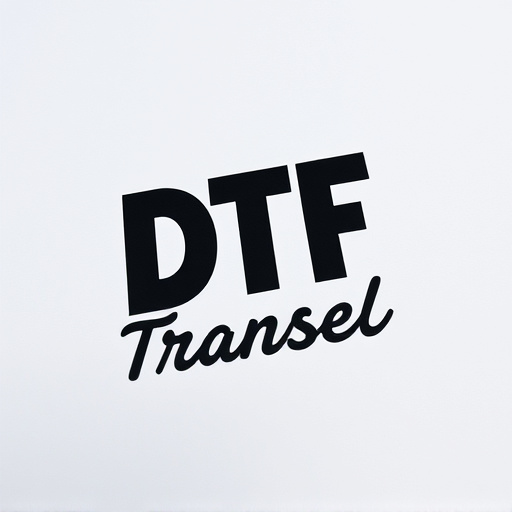
When selecting a DTF (Direct to Fabric) printer, it’s crucial to align your choice with your specific project requirements. Different printers offer varying levels of precision, print quality, and speed. For small-scale or experimental projects, a desktop DTF printer might suffice, providing manageable prints for personal or limited production needs. However, for larger-scale applications, industrial-grade DTF printers are recommended, capable of handling bulk orders with consistent quality. Consider factors like print resolution, ink type (water-based or solvent), and the fabric types your business intends to use.
Choosing the right consumables is equally vital. This includes not only selecting high-quality inks compatible with your chosen printer but also choosing the appropriate fabric for your DTF transfer. A wide range of fabrics are available, each suited to different printing methods and end uses. From traditional cotton tees to stretchy synthetic blends, understanding the characteristics of your target fabric ensures optimal print results and enhances the durability of your final product.
Future Prospects: The Evolving World of DTF Transfer Printing
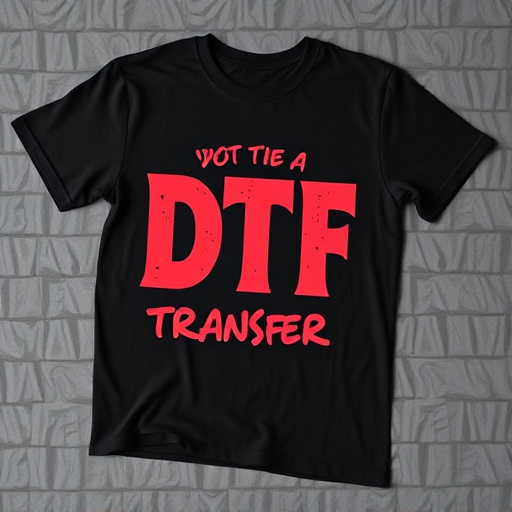
As technology advances, the future of DTF (Direct to Film) transfer printing looks promising, with potential applications beyond traditional textiles. Researchers and developers are exploring ways to make DTF prints more versatile and durable, suitable for various materials and surfaces. One exciting prospect is integrating DTF technology into stretchable fabrics, enabling the creation of dynamic and adaptive garments that move with the wearer’s body. This innovation could revolutionize sportswear, medical compression gear, and even specialized clothing for astronauts.
The evolving world of DTF transfer printing aims to create prints that are not only visually appealing but also functional and long-lasting. Scientists are developing new inks and substrates that can withstand stretching and bending without compromising the print quality or integrity. These advancements have the potential to open doors for custom, on-demand printing in various industries, from fashion to healthcare. With its ability to offer unique designs and personalized experiences, DTF technology is poised to become a game-changer in the world of printing and material applications.
